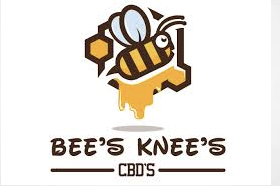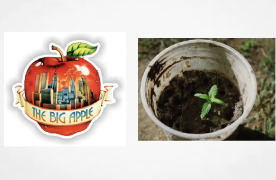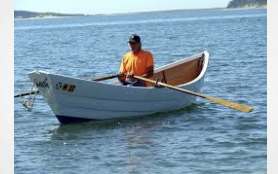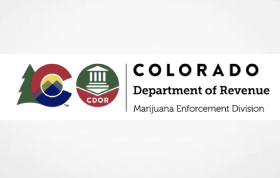It’s Friday so here’s a paper about cannabis use in the US – 29.7% of tour & travel guides love to toke whilst only (unsurprisingly) 0.5% in law enfocement do.. F&B workers and real estate people like to smake a lot of weed too says the paper
Prevalence of Cannabis Use Among US Workers in 15 States, 2016–2020
We found wide variation in cannabis use across industries and occupations, ranging from 0.5% among law enforcement workers to 29.7% among tour and travel guides (Table D). At the higher-level industry and occupation groupings, distribution of cannabis use across employment settings was broadly comparable to Smith et al.’s results, except that cannabis use was almost universally higher in Colorado workers than in our 15-state sample.23 Both studies identified 4 of the same industry groups in the top 5 (accommodation and food services; real estate and rental and leasing; arts, entertainment, and recreation; other services) for cannabis use prevalence. Similarly, both studies reported 4 of the same industry groups in the bottom 5 (utilities; public administration; mining, quarrying, and oil and gas extraction; transportation and warehousing) for cannabis use prevalence. Protective services, health care practitioners and technical, and education, training and library were found to be in the bottom 5 occupation groups for cannabis prevalence use in both studies. The explanation for this clustering of cannabis use (or nonuse) may be straightforward for sectors with a strong tradition of employer drug testing. Some occupations not traditionally associated with drug tests also had low levels of cannabis use. Social norms, perception of health or legal risks,30 use for medical purposes,31 or other sociocultural factors are likely to influence these patterns.
We found above-average prevalence of cannabis use in several industry and occupation groups that historically have high rates of injuries and fatalities,32 such as forestry and logging (15.8%); fishing, hunting, and trapping (16.1%); and construction of buildings (17.0%; Table C). Despite mixed evidence for an association between cannabis and work-related injury in the literature,18 potential safety risks related to cannabis use are still a concern, especially for safety-sensitive occupations or tasks such as driving.17 More research is needed to understand factors driving cannabis use in high-risk industries and occupations. Additionally, more information is needed to discern how much of the measured cannabis use results in impairment on the job, since for many workers, some or all cannabis use may occur away from work.19 It is also important to recognize that a sizeable fraction of workers who use cannabis, roughly 21%, report using it for medicinal purposes (Table B, available as a supplement to this article at https://www.ajph.org). However, employers and employees should work together to ensure that workplace impairment resulting from cannabis use does not result in injuries. Examples could include outlining expectations around cannabis use in proximity to work generally, establishing a list of high-risk job tasks that should not be done at any level of impairment, or establishing a level of workplace trust and security so that workers can voluntarily opt out of performing certain tasks if they do not think they can do them safely. The primary goal for both employers and employees should be to limit the risk of injury while maintaining productivity.
Read the full abstract and download the paper at
https://ajph.aphapublications.org/doi/full/10.2105/AJPH.2024.307788


















